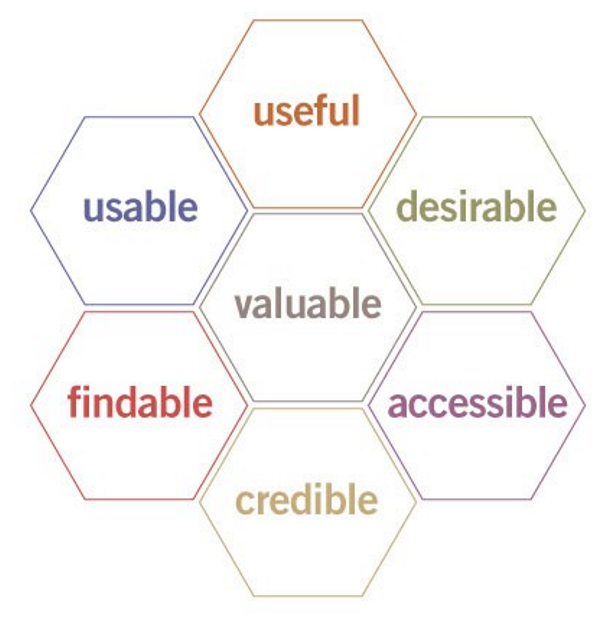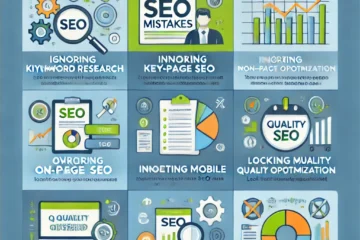When we think of brands we think of iconic names like Nike, Sony, Google. The goal of any brand is to get to the level of visibility that just by the name of a company, products or services sold are instantly thought of. For SEO brand awareness works a lot in the same way like schema can lead to featured snippets. Not only does that help search engines give users better search results, having a featured snippet can also add content authority which can add user trust.
Quick Links:
- Meta Title Search Engine Marketing
- Authentic Social Media Engagement
- Brand Stories Speak To Users
- A Brand Is Tied To User Experience
Meta Title Search Engine Marketing
A well-crafted meta title will not only catch a user’s eye in SERPs. The targeted keyword research will be easy to work into the title itself. Unless the webpage is a blog article, many meta titles can be reduced down to just the targeted keyword and the brand. If there is room, a location keyword will always help as well. Including the brand into the meta title can do two things, it can help sway a user’s decision after brand awareness has been established or it can help establish brand awareness in the 1st place.
If every branded webpage a user clicks on satisfies the user’s search, there that user will associate that keyword with the brand. This creates the automatic response to enter a website and search onsite instead of searching Google for some. For others search results with the helpful brand will always resonate and receive more clicks than unknown brands. Micro moments are small actions done by everyone throughout the day. Many searches are a direct result of such micro moments, so not crafting meta titles to the common micro moments users are having is just leaving traffic on the table.
Google identifies different micro-moments that help define search intent:
- Want-to-know moments
- Want-to-go moments
- Want-to-do moments
- Want-to-buy moments

Authentic Social Media Engagement
Social media is an area many companies aren’t using to their advantages. Many users has real world problems that they mention on social media in various forms. Some companies have gotten wise to this and started marketing directly to the user. Answering a question can often be retweeted and shared to the point they can bring in more webpage traffic than a rank 0 search result.
And the funny part about that increased social media engagement is, it only helps SEO which boosts the rankings of other related keywords. Not to mention, sometimes that tweet or YouTube video reply can even become a featured snippet.
Hashtags can be a great way to create brand awareness for smaller businesses on social platforms. By creating a customize hashtag and posting regular content, users will start to take notice. Make sure to do more than just post, replying to users even if it’s just to say thank you, can go a long way for authenticity. The whole goal isn’t just to do content marketing.
It’s also to basically do what presidential candidates do, get out there and get noticed. Don’t seem like some stuffy social account stuck in an automatic queue all the time. People are growing tired of the automation and while they understand it’s needed, many want to also see there is a person behind the curtain.
When a brand authentically interacts with users via social media, marketing magic happens. User trust is developed along with content authority and brand awareness all in one. But this will not happen from every interaction on social media. There will be some engagements that flop, so it’s important to learn from what didn’t work and keep trying.
Even that relentless self-improvement is seen by others and that’s when a brand becomes more of an entity. That’s when brand awareness starts to pay off and a brand is associated with products or services from the stories that are told.
Brand Stories Speak To Users
Using brand stories can be a great way to not only explain specific information in relatable context. Brand stories can also be a good way to include searchable keywords related to webpage content without sounding like a glossary. Users will understand information better when the facts are connected to real life scenarios. Branded storytelling can help spice up otherwise boring but important company related data.
How can branded stories benefit SEO? Simply by adding to the user experience which is part of user intent optimization. Not only will users understand concepts better which will prompt further questions and interest. A good brand story can leave a lasting impression with the user that is remembered next time they see the brand. When this cycle is repeated and built upon, brand awareness is increased and both search engines and users alike associate the brand with an overall category.
A Brand Is Tied To User Experience
SEO is about user experience, so many aspects of SEO and search engines is about catering to the end search engine user. So it’s no wonder that having a lack of user optimization would basically make a company invisible online. You don’t always need backlinks to rank keywords, but you do need some form of user interaction somewhere in those 200+ ranking factors to have a chance of ranking keywords. Not just the website is the brand’s touchpoint anymore, the brand’s social media presence to the GoogleMyBusiness listing, if there isn’t a good user experience the brand is often forgotten.
It’s important to not just put content out there for the sake of having content and keywords. Very fast will content start to not make sense and begin to lose value to users. Unless a subject matter expert is writing the content, many times rushed content from 3rd party services will result in less than worthy webpage material. The webpage might be able to rank for the targeted keyword but the goal conversions will be horrible along with the bounce rate. Its important to outline content before posting to make sure a “flow” is established that will improve the readability and thus the user experience.
Neil patel mentions some good aspects of the user experience that are listed below:
In order to make users feel good about a brand, focus on the different user experience modules:
- Useful: content should be high quality, useful and relevant.
- Usable: the site should be easy to navigate.
- Desirable: the design should appeal to your target audience.
- Findable: the site should focus on content and make searching for information easy.
- Accessible: the site should be mindful of people with disabilities.
- Credible: the brand must show signs of authority and prompt trust.
A great visualization from Peter Morville gives the simplest understanding of what the user experience feels like:

Does you website have a brand awareness issue?
Contact SEOByMichael to schedule an SEO audit consultation and let’s develop a website success strategy.


